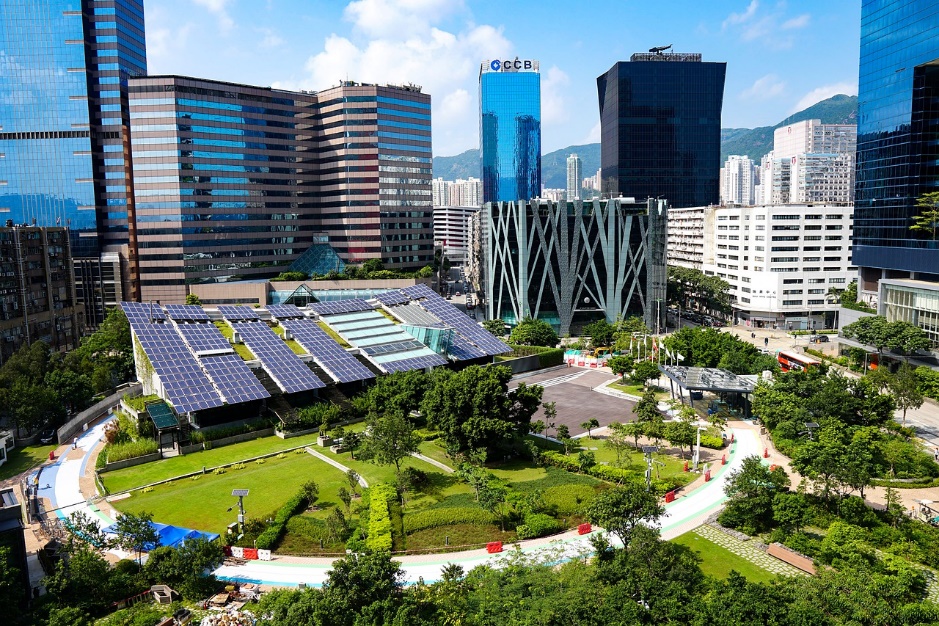
How do you know if your building or home is energy efficient? There are many factors that go into the energy efficiency of buildings and homes, and they are all related to the energy and comfort we find there, such as heating, domestic hot water, ventilation, lighting, etc., so that we can say that a building is effective when it meets certain criteria known as energy rating , Parameters that indicate the level of efficiency of the dwelling.
How do you calculate the energy efficiency of a building?
The energy efficiency of a building is calculated by measuring the energy consumed during a year under normal conditions of use and occupancy in terms of heating, domestic hot water, ventilation, lighting, etc. These data express final energy consumption values, measured in kilowatt-hours per square meter (kWh/m2 per year) in kilograms of CO2 per square meter of housing (kg CO2/m2 per year) which correspond to Energy efficiency character size of buildings. In other words, to measure the energy efficiency of a building, the following indicators are used: annual carbon dioxide emissions and annual consumption of non-renewable primary energy (annual energy demand for heating, air conditioning, annual emissions, etc.)
Energy rating of the building
Based on the results obtained from housing, an energy certificate will be issued, which will determine the energy rating of this dwelling, expressed from A to G. An effective dwelling with an energy rating (A) consumes up to 90% less energy. Energy from a dwelling rated at the lowest level. Class B is about 70%, and Class C is about 35%. It is clear that a building with an energy rating saves more energy than a building with a lower energy rating. This is by implementing a series of common measures that reduce the energy consumption of the house as a whole.
Energy efficiency of new buildings such as, for example, Domestic commercial energy renewal, has become an organizational priority. A building with an energy rating of A can consume up to 40-50% less energy than a building with an E or G rating.
How to improve the energy efficiency of a building
To improve the energy efficiency of the building, it is necessary to carry out a complete energy renovation. It is advisable to take advantage of the work, improvements to be made in the building, repairs, etc. To include this type of energy efficiency measure that saves energy in buildings. Improving insulation, for example, can save up to 50% of the energy consumed by air conditioning systems in a community of neighbors. Therefore, special attention should be paid to the insulation of facades, the improvement of the thermosphere, the insulation of roofs, the breaking of thermal bridges, etc.
Here are some strategies for improving a building’s energy efficiency:
- Renovation of energy-related systems: heating, air conditioning, ventilation, lighting, electrical appliances, etc. The use of efficient heating systems, such as condensing boilers or pneumatic heat pumps, which, in addition to being more efficient, emit less direct emissions of carbon dioxide into the atmosphere.
- Integration of renewable energies: solar thermal energy, geothermal energy, wind thermal energy, … Find renewable energies that allow you to save energy and reduce direct carbon dioxide emissions.
- Improving insulation, airtightness and eliminating thermal bridges: Changing windows improves energy efficiency because it allows the cold/heat generated in the home to be retained and isolated from the outside.
- The incorporation of renewable energies allows for energy savings, such as solar thermal panels or photovoltaic panels for self-consumption.
- LED lighting renovation.
Any home renovation should aim to improve the building’s energy efficiency, in order to reduce the building’s environmental footprint and reduce energy consumption.

“Unapologetic pop culture trailblazer. Freelance troublemaker. Food guru. Alcohol fanatic. Gamer. Explorer. Thinker.”




